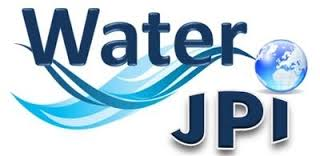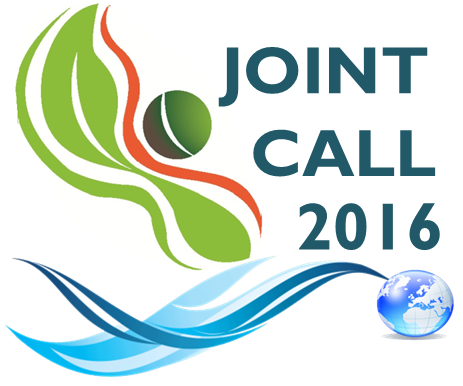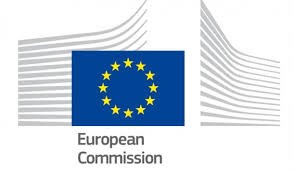WP4. Risk assessment in selected target sites
(Leader: KTH, Partners: KEMAKTA, GTK, BRGM, GEOS)
Objectives
Risk assessments on target sites will be carried out to provide sustainable management practises for water and agricultural soil. These studies will provide basis for assessing and developing adequate monitoring schemes and indicators.
Approach
Task 4.1 Collation of evaluation criteria – basis for risk assessment (KTH, KEMAKTA, GTK, BRGM, GEOS)
Relevant criteria for use in health- and environmental risk assessments of As in agricultural soils will be identified. Also data gaps for risk assessments will be identified. For human health, several criterias e.g. Toxicological reference values: e.g. WHO JECFA,EFSA, the Swedish Food Safety Agency, Limit values for the concentrations of As in different media, will be compiled.
For the environment the quality criteria, together with information about the derivation of the criteria are; Surface water quality criteria and Groundwater quality criteria. These criteria will enable an assessment of the concentrations of As in recipient media at the test sites based on existing information and criteria. For both human health and the environment, a review of the relevant biomarkers of As exposure will be made.
Task 4.2 Assessment of risks to health and to the environment (KTH, KEMAKTA, GTK)
The risk assessment will be carried out in four different ways:
- Comparison of measured concentrations in environmental media with guideline or limiting values that are designed to protect human health and the environment. Guideline or limiting values for soils, surface waters and groundwaters will be used.
- Comparison of measured concentrations in drinking water and foodstuffs with limit values.
- Evaluation of the results of ecotoxicological tests and the measurements of biomarkers carried out in WP2.
- Calculation of the actual As exposure of people by the relevant identified exposure pathways and comparison of this exposure with toxicological reference values.
Arsenic exposure will be estimated with models for the transport and exposure pathways. The transport models estimate the transport of As from soils to relevant exposure media, for example, uptake of As from soils to plants, the transport of As to animal products, transport to groundwater resources (e.g. wells) and transport to surface waters). The exposure models will cover direct exposure to soil (e.g. direct oral intake, inhalation, dermal uptake) and dietary exposure (plants, animal products and drinking water). The models used will be based on existing methodologies in Europe, but some model development can be carried out in the AgriAs to take into account site-specific data collected within the project about speciation and availability of As in soils for transport and uptake into biota. The models will be site specific and the relevant transport and exposure pathways will be identified by the conceptual models for the two test sites.
The risk estimates produced by these methods will be compared and evaluated, and a final risk assessment will be made. The risk estimates for the two target sites will be used to identify the need for risk reduction and will be an important input to the work of WP5, on risk management.
Task 4.3 Risk assessments of the sites after application of the mitigation procedures (KTH, KEMAKTA).
The risk assessments will predict the risk reduction achieved by mitigation, and will be an important input to the work of WP5 on the effectivity of different remedial measures. The risk assessment methodology can also be used to identify the effects of climate change on the risk situation.
Outputs
- Report on the collation of evaluation criteria for the health and environmental effects of As
- Description of the model used for exposure of people and recipient waters to As from agricultural soil
- Risk assessment report for the selected target sites (risks today, predicted risks after the application of mitigation measures, and risks in the future (taking into account climate change))







